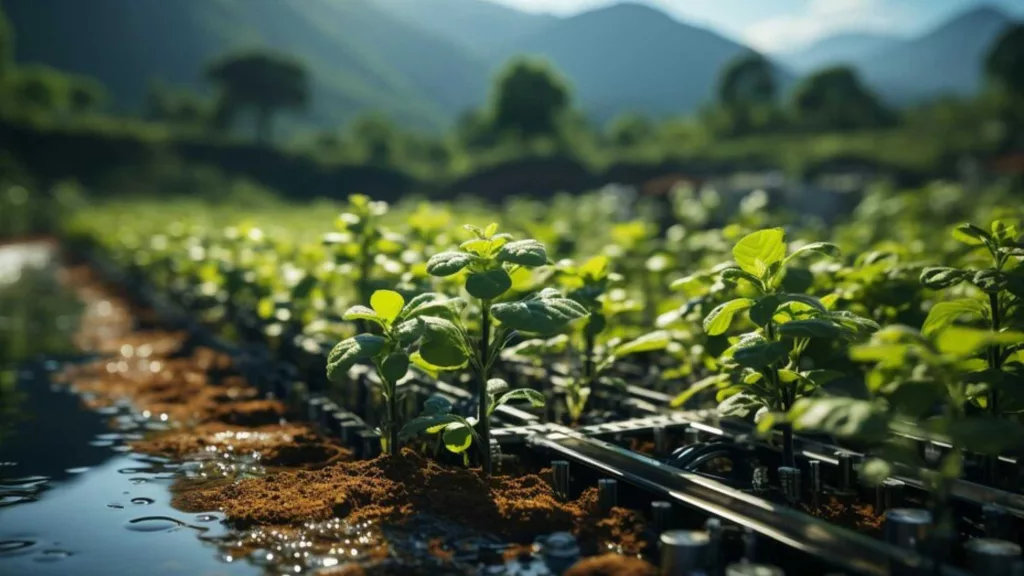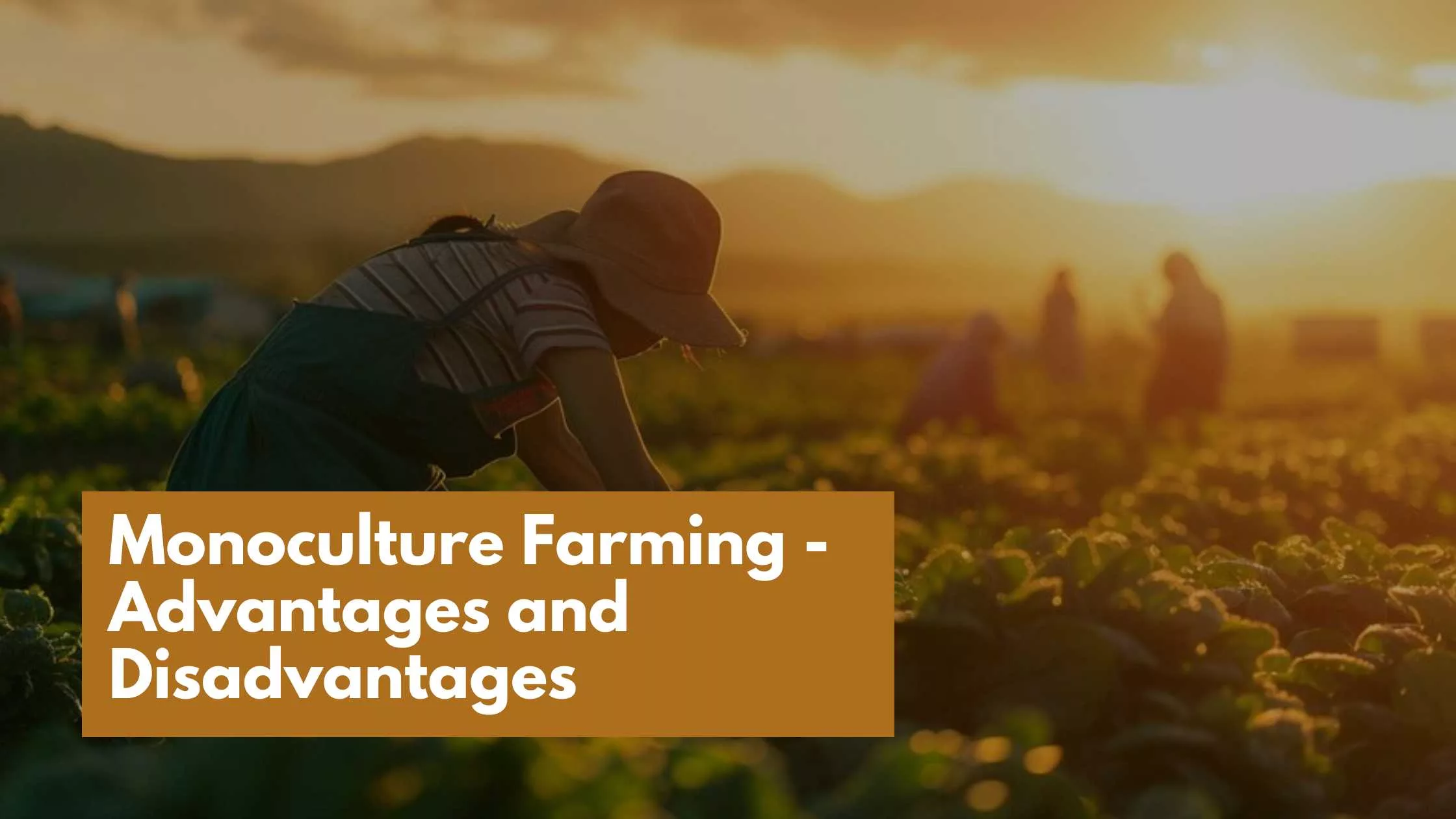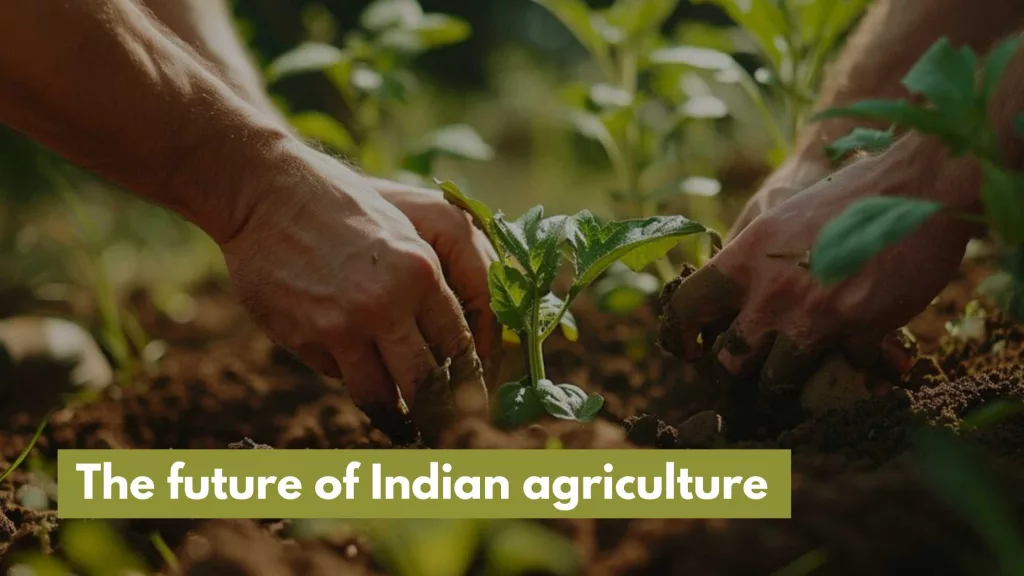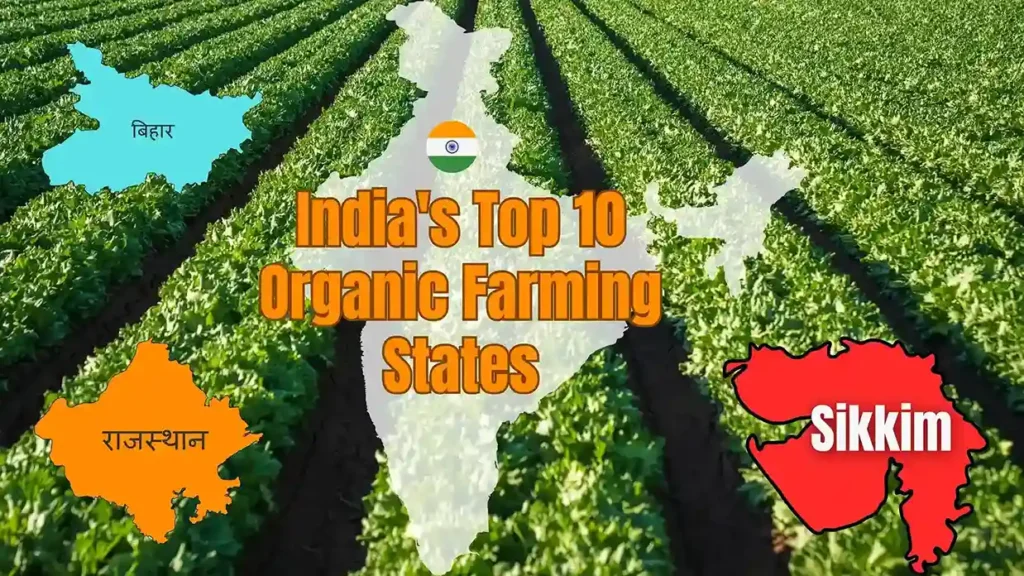What is Monoculture farming?
Monoculture farming is an agricultural practice where only one crop type is grown in a particular field or area, year after year. This means the same crop is repeatedly grown in the same soil without rotating with other crops. This practice is common in modern agriculture, where large land areas are devoted to developing a single crop, such as corn, soybeans, wheat, or cotton.

Monoculture farming has some advantages, such as simplifying crop management, maximizing crop yields, and reducing labor costs. However, it also has several drawbacks, including the depletion of soil nutrients, the build-up of pests and diseases, and the need for heavy use of fertilizers, pesticides, and herbicides.
Furthermore, monoculture farming is often criticized for being unsustainable and damaging to the environment. It can lead to soil erosion, water pollution, loss of biodiversity, and increased greenhouse gas emissions. Many farmers are adopting sustainable farming practices such as crop rotation, intercropping, and agroforestry to mitigate these adverse effects.
Monoculture Farming in India
Monoculture farming was introduced in India during the British colonial period in the 19th century. The British established large plantations of cash crops like tea, coffee, and rubber, which were grown using monoculture farming practices. After India gained independence in 1947, the government continued to promote monoculture farming to increase agricultural productivity and meet the growing demand for food.
In the 1960s, the Green Revolution in India brought about a significant shift towards farming. High-yielding varieties of wheat and rice were introduced, and farmers were encouraged to adopt modern farming practices, such as chemical fertilizers, pesticides, and mechanized equipment. These practices led to a significant increase in agricultural productivity and helped India become self-sufficient in food production.
However, monoculture farming negatively impacts soil degradation, water depletion, and environmental pollution. To address these issues, the Indian government has since introduced various policies and initiatives to promote sustainable agriculture practices, such as crop diversification, organic farming, and conservation agriculture. Despite these efforts, monoculture farming remains a significant aspect of Indian agriculture, particularly in producing cash crops like cotton, sugarcane, and tobacco.
Advantages of Monoculture Farming
High Yield:
Arming can lead to higher crop yields as farmers can optimize inputs like fertilizers, water, and pest management for a single crop. Some crops are easy to manage in monocultures, thus providing a higher yield.
Simplified Management:
Farmers can simplify their management practices with a single crop, such as irrigation, harvesting, and marketing. It also gives farmers experience and more space to work according to the experienced system.
Cost-effective:
Farming can be more cost-effective as farmers can use specialized machinery and labor to manage the crops. If farmers have to focus their management on specific crops and livestock, they can buy specialized machinery or equipment, which reduces the cost of buying multiple types of equipment.
Predictable Crop Outcomes:
Farmers can have a predictable outcome with a single crop, so it is easier to plan their economic strategies.
Disadvantages of Monoculture Farming:
Soil Degradation:
Monoculture farming can lead to soil degradation, as the same crop is grown repeatedly in the same soil, causing a depletion of nutrients and reducing soil quality.
Pests and Diseases:
Farming can build up pests and diseases that can damage crops and cause yield losses.
Environmental Damage:
Farming can lead to environmental damage, including deforestation, water depletion, chemical fertilizers, and pesticide pollution.
Reduced Biodiversity:
Farming can lead to a reduction in biodiversity, as it reduces the habitat for diverse flora and fauna and can create a monoculture of invasive species resistant to diseases and pests.
Dependence on Chemicals:
Farming can lead to a dependence on chemicals, as farmers may need to use synthetic fertilizers, pesticides, and herbicides to maintain productivity.
While farming has some advantages, its disadvantages make it unsustainable and potentially damaging to the environment and long-term agricultural productivity. Therefore, many farmers are adopting sustainable farming practices, such as crop rotation, intercropping, and agroforestry.
Conclusion
In conclusion, monoculture has both advantages and disadvantages. The advantages include high yields, simplified management, cost-effectiveness, and predictable crop outcomes. However, the disadvantages of monoculture farming outweigh its benefits.
The disadvantages include soil degradation, pest and disease build-up, environmental damage, reduced biodiversity, and chemical dependence. These negative impacts make monoculture farming unsustainable, potentially damaging the environment and long-term agricultural productivity.
Therefore, farmers are encouraged to adopt sustainable farming practices, such as crop rotation, intercropping, and agroforestry, to mitigate these negative impacts and ensure long-term agricultural sustainability.



